Europe-China Forum
Next event In person & livestreamed
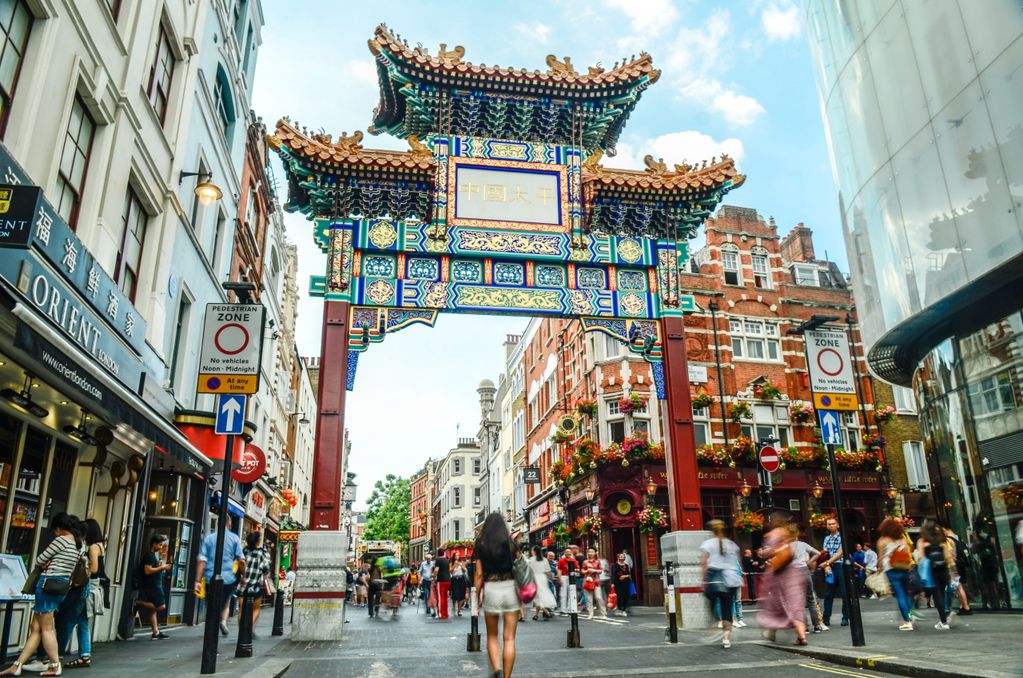
- Area of Expertise
- Global Europe
Global Europe

Director of the Center for European Studies at Renmin University of China
Europe faces new opportunities for cooperation with China. In 2013, Chinese President Xi Jinping initiated the One Belt One Road (OBOR) initiative, comprising the ‘Silk Road Economic Belt’ and the ‘21st Century Maritime Silk Road’, which envisages a comprehensive network of railways, roads, air and sea links, pipelines and transmission grids connecting China to Europe and the wider world. Before that, many in Europe were talking of building a free trade zone from Lisbon to Vladivostok so partners would not have to choose between Moscow and Brussels.
These developments would push forward intercontinental cooperation between China and Europe. Overland and maritime Silk Roads could link Central Europe with Eastern Africa and connect the Pacific and Indian oceans to the Mediterranean. This would not only drive the rise of China and India and consolidate Asia’s growth momentum, but also create a more inclusive globalisation, closing gaps between coastal and inland areas. By opening up to the West, One Belt One Road would encourage the development of China’s western regions as well as Central Asia and Mongolia. It would also create an opportunity for Europe to rediscover its ties with China and take East-West integration to new levels.
Global geopolitics may be reshaped through OBOR, returning Eurasia to its historic place at the centre of human civilisation. The two great civilisations of East and West were linked until the rise of the Ottoman Empire cut off the ancient Silk Road. That forced Europe to move seaward, leading to globalisation through colonisation and a further decline of the Silk Road. Eastern civilisations turned conservative, and the world became centred on the West. With the rise of the United States, Europe entered into a decline which recent attempts at integration have been unable to be reverse. Europe is now faced with a historic opportunity to return to the centre of the world through the revival of Eurasia.
China’s One Belt One Road offers the EU opportunities spanning from Europe itself to the Pacific and beyond, beginning with fulfilling European Commission President Jean-Claude Juncker’s plan to inject €315bn into the EU economy over the next three years. European economic growth would be stimulated through the two-way connections extending the EU single market into Eurasia. The number of middle class consumers in OBOR regions is estimated to reach 3bn by 2050, while over the coming decade OBOR will create $2.5 trillion in trade among 65 countries.
For a long time, the EU has been unable to prioritise between its Eastern and Mediterranean partnerships
The initiative could also spur an upgrade the China-EU comprehensive strategic partnership. The European interconnection plan, linked with OBOR, will enable “five-way” connection in policy, trade, transportation, currency and people to mesh with China and Europe’s “four great partnerships” of peace, growth, reform and civilisation. Poland and Greece will become new gateways for China’s access to Europe under the 16+1 framework of dialogue between China and countries in central and eastern Europe. China and Europe can discover new sectoral dialogues in maritime and cyber issues.
For a long time, the EU has been unable to prioritise between its Eastern and Mediterranean partnerships which both have problems in implementation. With the Ukraine crisis tearing Europe apart, it seems that in order to strengthen European integration, actions cannot be confined to the present Union. One Belt One Road would turn central and eastern Europe into China’s new European portal, and vice versa. In addition, the inclusive development advocated under OBOR should be seen as an opportunity for integration, helping a dozen Chinese provinces to establish close economic partnerships and investment ties with European regions.
Through such increased connectivity, OBOR may even lead to EU-Russia reconciliation. Since the end of World War II and the establishment of NATO, “keeping Russia out” has been a clear strategic goal for the West. The current Ukraine crisis is a consequence of that strategy. EU-Russian reconciliation could be the cornerstone of stability in Europe. One Belt One Road aims to “keep Russia in” by working with Russia’s development projects in the Far East and organisations like the Eurasian Economic Union, the Collective Security Organisation of the Commonwealth of Independent States and the Shanghai Cooperation Organisation. German Chancellor Angela Merkel has realised that, since we are unable to choose our neighbours, Europeans must interact with the Eurasian Economic Union. This could help resolve the Ukraine crisis and forge long-term peace and stability.
Further East still, OBOR is an entry point for the EU into Asia-Pacific affairs. Since the United States put forward its “return to Asia” strategy, the EU has been concerned it will be marginalised. EU efforts to accelerate the promotion of free trade agreements with Asian countries have made less-than-satisfactory progress. OBOR would make it much easier for Europe to participate in Asia-Pacific affairs.
OBOR would enhance the EU’s global influence, promoting green, sustainable and inclusive development, and the high labour and environmental standards long promoted by the EU. Many of the countries along the route are Europe’s former colonies who need to draw from European experience in global and local governance. There will be a greater opportunity for China and the EU to cooperate in markets like West Africa, the Indian Ocean and Central Asia. Europe’s experience, standards and historical and cultural influence are valued by China, and One Belt One Road will uphold the spirit of the Silk Road, namely solidarity, trust, equality, tolerance and mutual benefits to produce win-win cooperation.
Europe will also find the opportunity to balance its transatlantic relationship. Since World War II, Europe has relied heavily on transatlantic relations but found it hard to get out of an asymmetric position with the United States. The hope of “speaking with one voice” has remained elusive. OBOR, on the other hand, emphasises openness and inclusiveness. It transcends the bi-lateral exclusivity of the Transatlantic Trade and Investment Partnership (TTIP), and does not seek to exclude any country, to create spheres of influence nor to engage in military expansion. Engaging with OBOR will make the EU both a Eurasian power and an Atlantic power more equal to the U.S. By promoting China-EU cooperation on Silk Road security, it may also contribute to bolstering Europe’s position in NATO.
There will be a greater opportunity for China and the EU to cooperate in markets like West Africa, the Indian Ocean and Central Asia
China-EU cooperation brings benefits for both sides. It enhances the potential for bi-lateral cooperation and world influence through the joint development of third-party markets, ultimately bringing regional integration and inclusive growth. Such are the shared expectations of both China and the EU. Europe should grasp the opportunities of One Belt One Road to realise its dream, which is complementary to the Chinese dream.
The New Silk Road Initiative could help redirect the centre of geopolitical gravity away from the U.S. and back to Eurasia. Europe is faced with an historic opportunity to return to the centre of the world through the revival of Eurasia. From this perspective, Europe should support new infrastructure and other development projects. The recent decision by France, Germany, Italy and the UK to join the China-led Asian Infrastructure Investment Bank (AIIB) goes in this direction, and represents a major shift in European attitudes towards Asia, and China in particular, that clearly departs from the U.S. position.
Next event In person & livestreamed

Past event

Past event Online
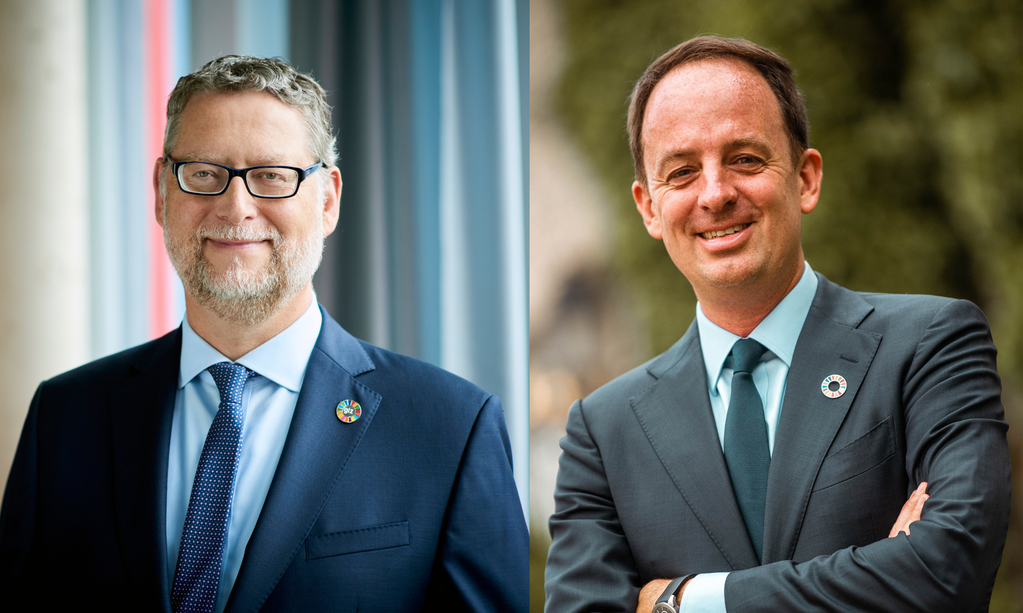
Past event IN PERSON & ONLINE

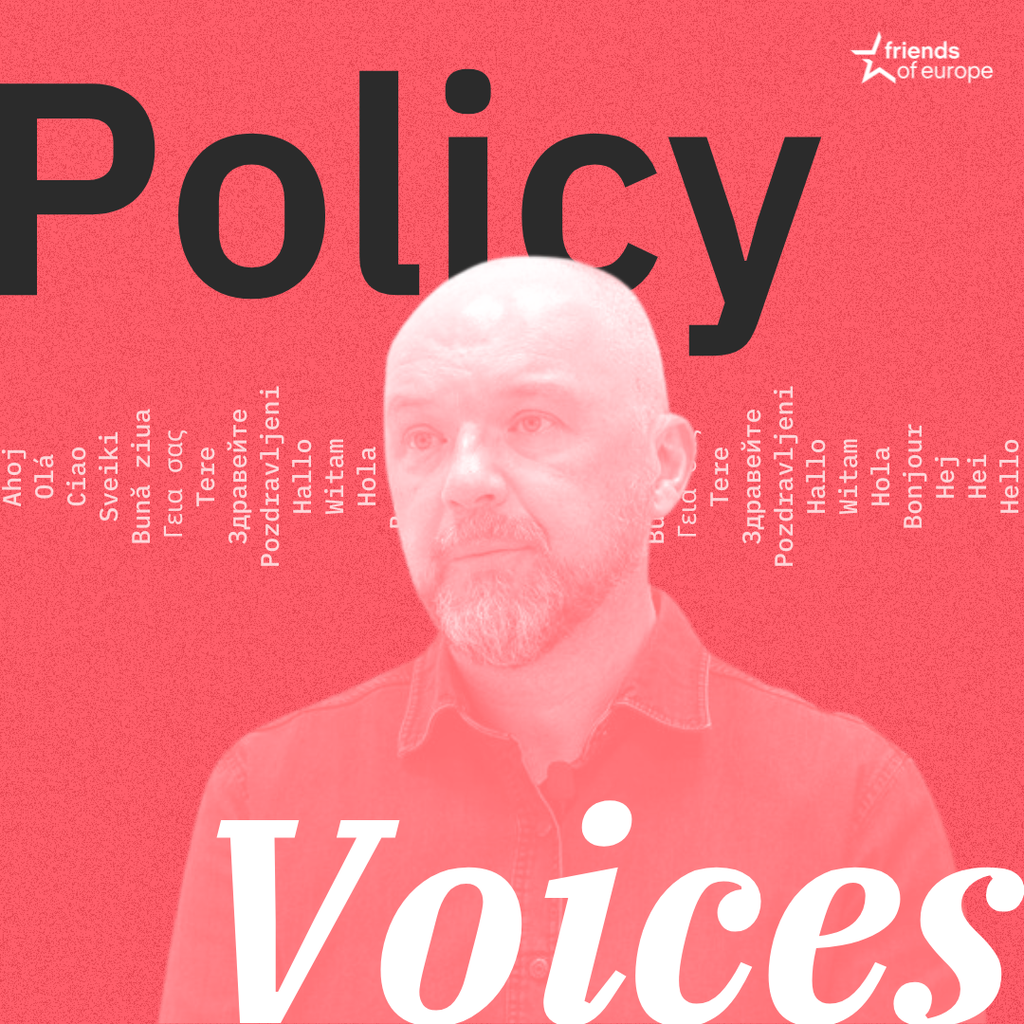
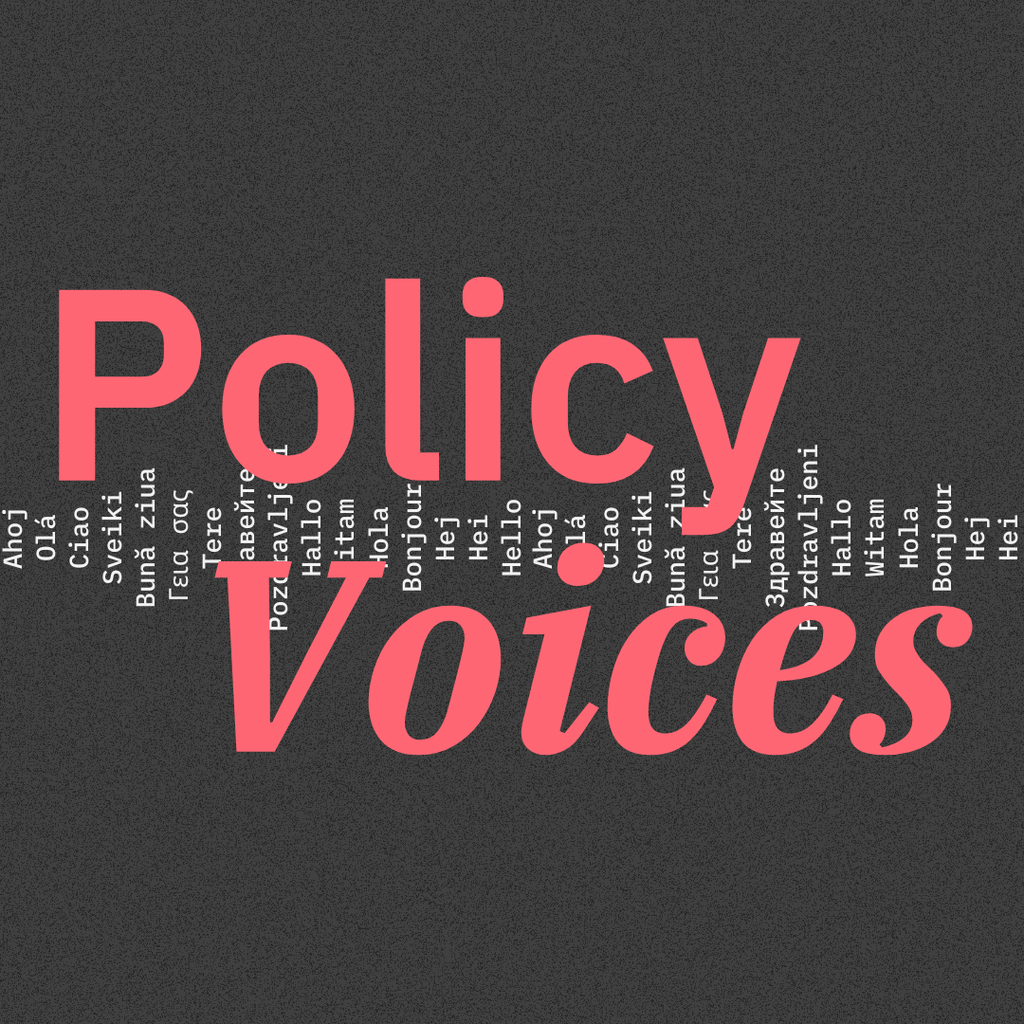
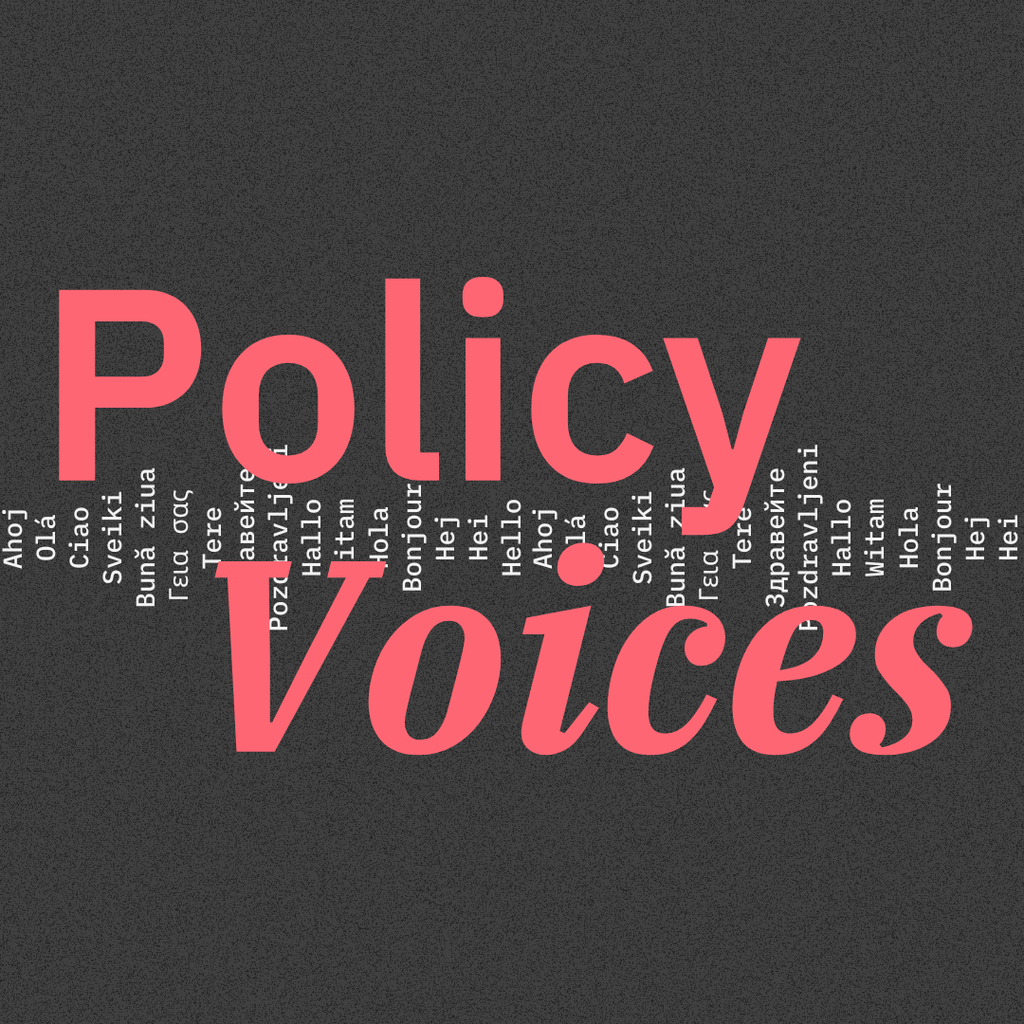

Stay informed
We use cookies and similar technologies to adjust your preferences, analyze traffic and measure the effectiveness of our campaigns. Learn more about our privacy policy.